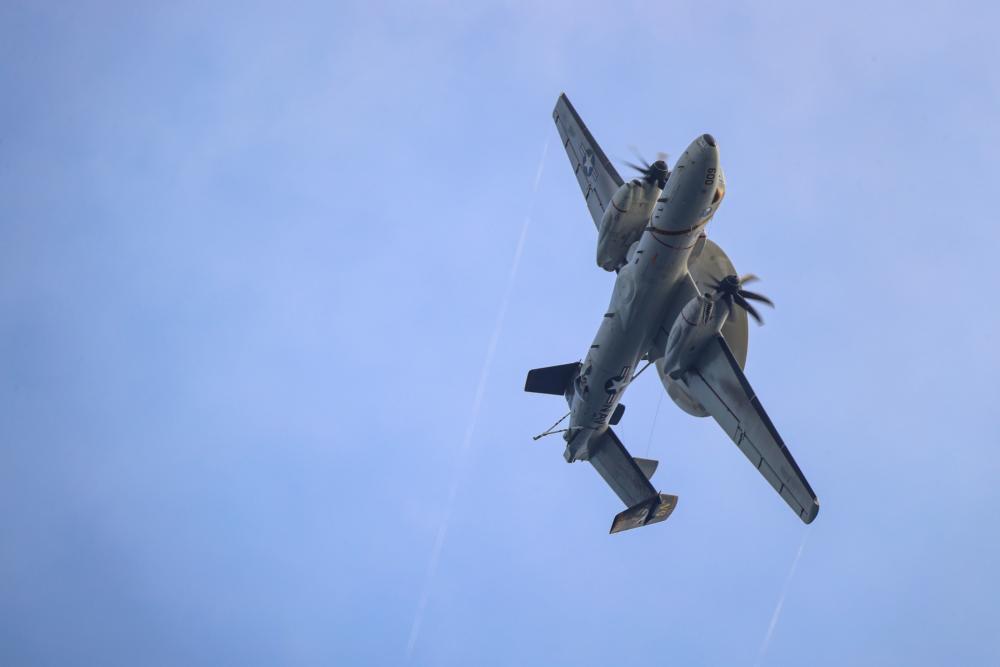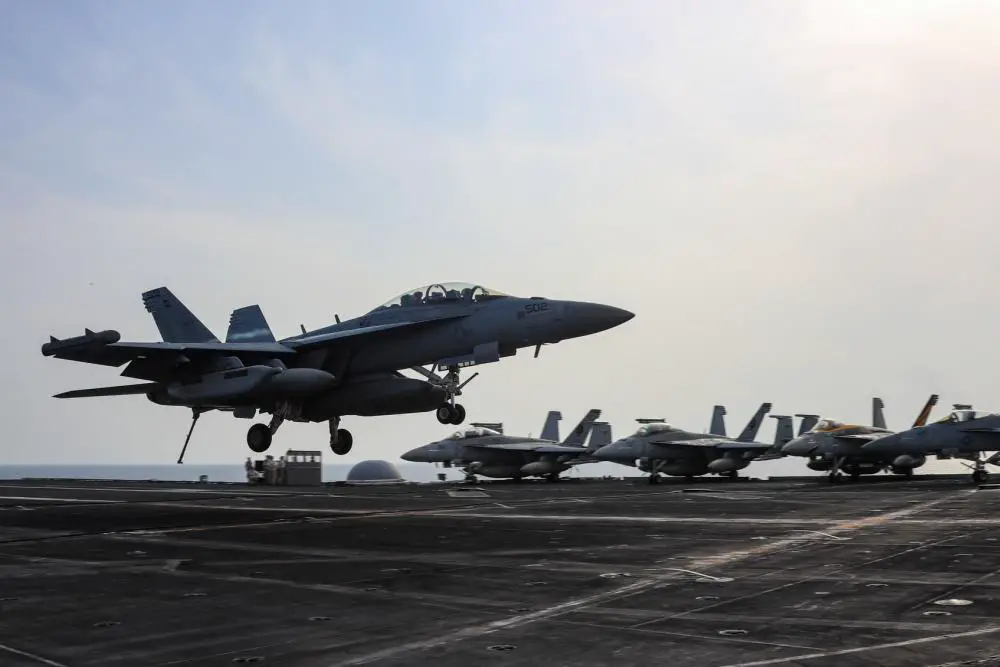The Democratic People’s Republic of Korea (DPRK) has significantly increased the pace and scale of ballistic missile launches since September 2021. The United States strongly condemns these launches, to include the two intercontinental ballistic missile tests on Feb. 27 (KST) and March 5 (KST). The ICBM launches by DPRK are a brazen violation of multiple UN Security Council resolutions—as well as its international commitments—and pose a threat to regional neighbors and the international community.
As a demonstration of US Indo-Pacific Command resolve and commitment to regional allies, U.S. Indo-Pacific Command conducted a carrier-based air demonstration in the Yellow Sea. This demonstration was carried out in international airspace by 4th and 5th generation aircraft from the USS Abraham Lincoln, along with regionally-based U.S. Air Force aircraft, and is in addition to previously announced increases in ISR collection in the Yellow Sea and enhanced regional ballistic missile defense posture on the Korean peninsula.

United States Indo-Pacific Command (USINDOPACOM) is one of six geographic combatant commands defined by the Department of Defense’s Unified Command Plan (UCP). As a geographic combatant command, USINDOPACOM is in charge of using and integrating United States Army, Navy, Air Force and Marine Corps forces within the USINDOPACOM area of responsibility (AOR) to achieve U.S. national security objectives while protecting national interests. The USINDOPACOM AOR covers more of the globe of any of the other geographic combatant commands and shares borders with all of the other five geographic combatant commands.
The commander of US Indo-Pacific Command reports to the President of the United States through the Secretary of Defense and is supported by multiple component and sub-unified commands including: U.S. Forces Korea, US Forces Japan, U.S. Special Operations Command Pacific, U.S. Pacific Fleet, U.S. Marine Forces Pacific, U.S. Pacific Air Forces and U.S. Army Pacific. There are few regions as culturally, socially, economically, and geopolitically diverse as the Asia-Pacific. The 36 nations comprising the Asia-Pacific region are home to more than 50% of the world’s population, 3,000 different languages, several of the world’s largest militaries, and five nations allied with the U.S. through mutual defense treaties.

